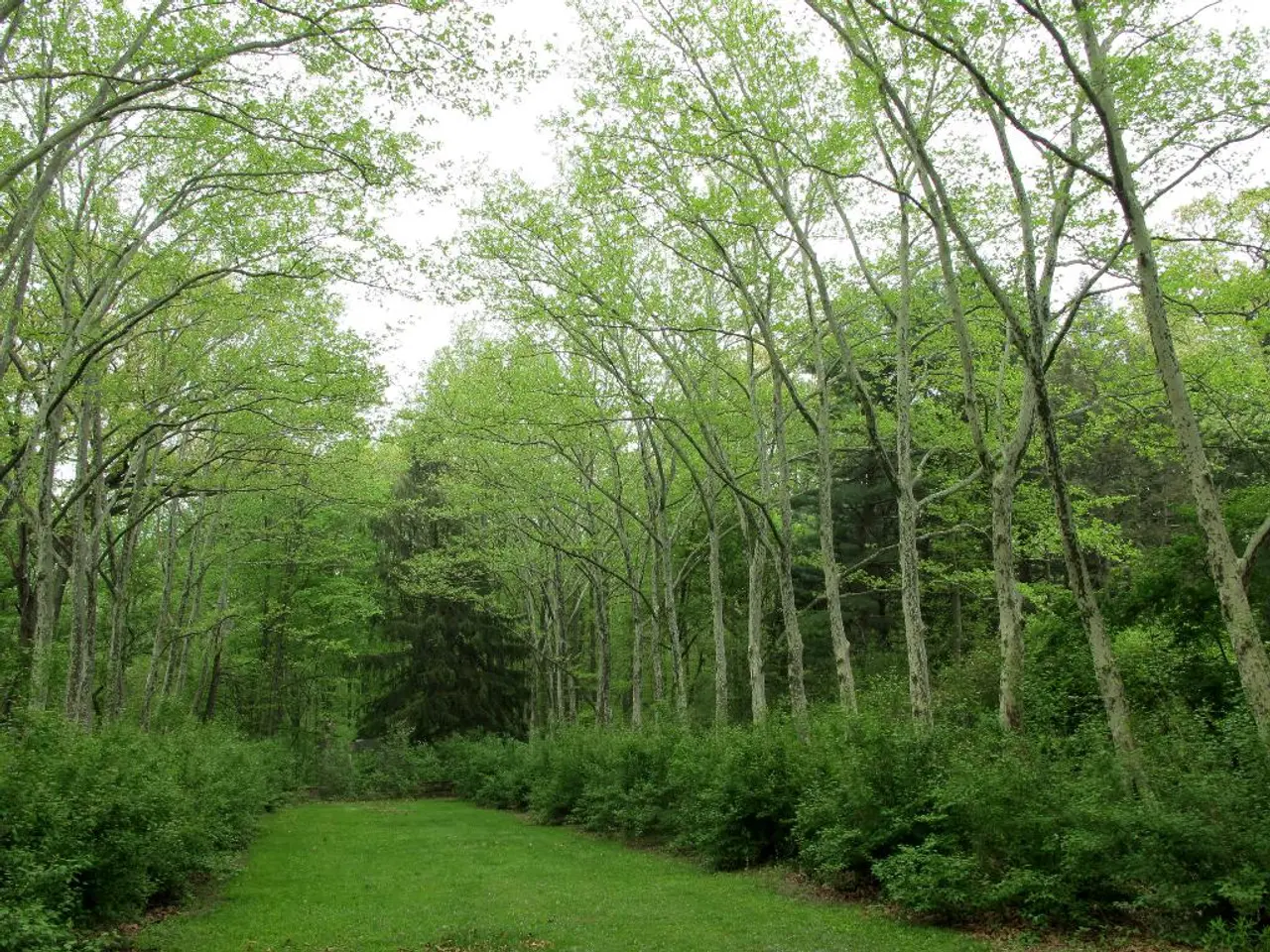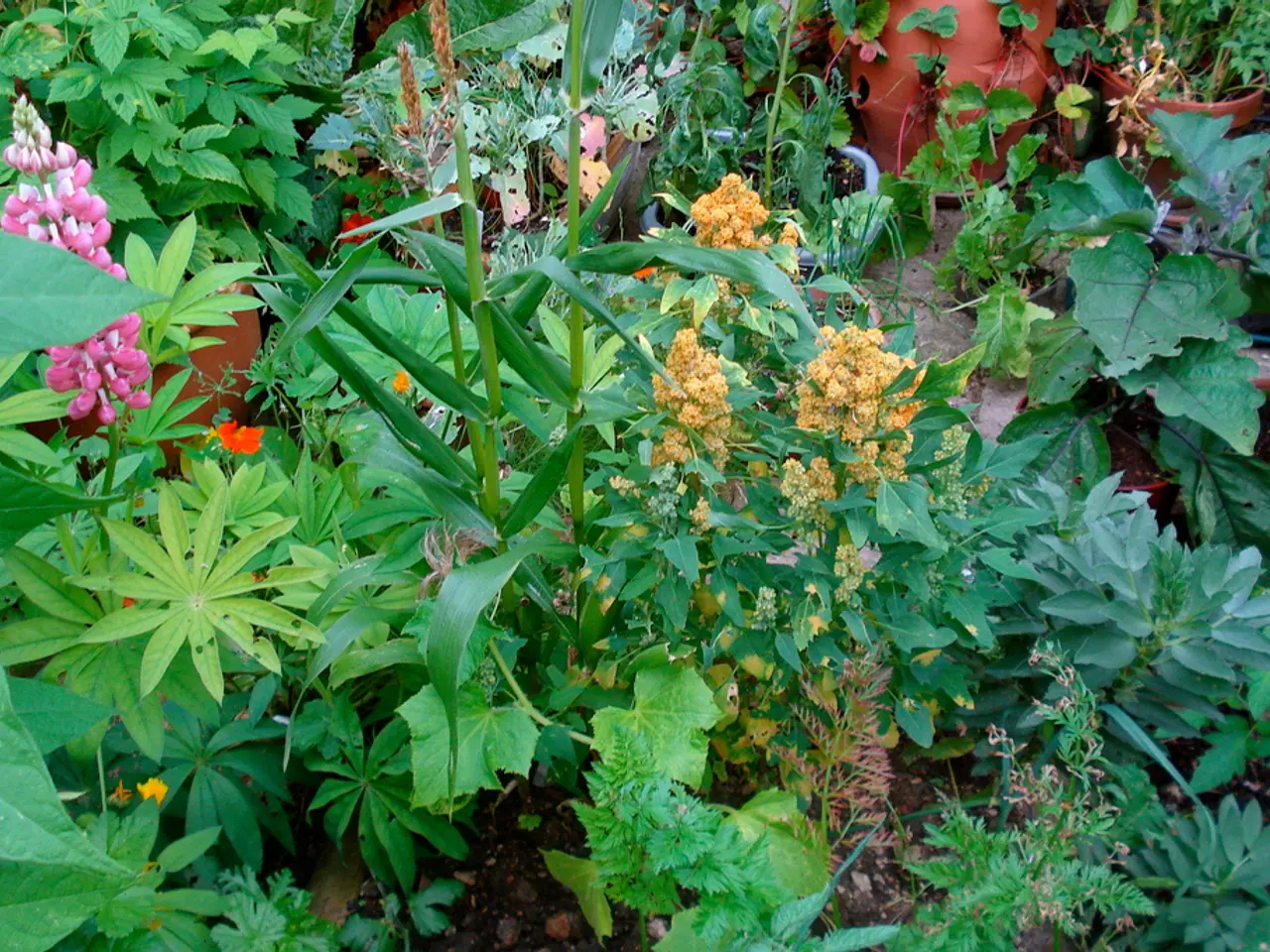In the Burren region, an exceptional fusion of alpine and Mediterranean flora thrives together.
In the heart of County Clare, Ireland, lies a geological wonder and a botanical treasure trove known as the Burren. This unique region, characterised by its karst limestone pavement, is home to an extraordinary diversity of plant species, many of which are rare or found nowhere else in Ireland.
### A Unique Floral Palette
The Burren supports an unusual mix of lime-loving and acid-loving plants growing adjacent to each other, a phenomenon almost unheard of elsewhere in the world. Its flora includes 23 of the 28 orchid species found in Ireland, including unique subspecies like *Dactylorhiza fuchsii subsp. okellyi*. Rare plants, such as *Festuca indigesta* and *Arenaria norvegica*, are also present, and two types of *Taraxacum* species are practically unique to the Burren.
The limestone pavement’s crevices, called grikes, create moist microhabitats sheltering dwarf shrubs and other moisture-loving plants. Hardy Arctic or alpine plants thrive on shattered limestone gravel surfaces, while thin soil pockets support grasses interspersed with herbaceous plants. The spring gentian, an alpine species with bright blue flowers, has become a symbol of the Burren.
### A Geological Masterpiece
The Burren's defining feature is its karst limestone pavement, formed by glacial action that carved an exposed rocky landscape with numerous fissures (grikes) and flat slabs (clints). This geology creates a diverse mosaic of microhabitats with different moisture levels, soil depths, and temperature conditions, allowing plants from vastly different climatic zones (Arctic, alpine, Mediterranean) to coexist in close proximity.
The limestone rock provides a calcareous, alkaline substrate essential for lime-loving plants, while pockets of acidic soil in shaded or more organic-rich areas support acid-loving species. The Burren's landscape was partly shaped by traditional farming practices that maintained open conditions for rare plants and created additional microclimates.
### A Living Laboratory
The Burren's exceptional biodiversity is a testament to the interplay between geology, climate, and human activity. It is a living laboratory for studying evolutionary processes in real time and offers insights into post-glacial plant migration patterns and how ecosystems might respond to future climate change.
However, the Burren faces threats from tourist trampling and invasive species, which pose risks to its fragile ecosystem. Conservation efforts, such as the BurrenLIFE project and seed banking programs, are helping protect the Burren's botanical treasures. As climate change continues to reshape global ecosystems, the Burren may become increasingly important as a climate refuge for species displaced from their traditional ranges.
References: [1] National Parks and Wildlife Service. (n.d.). The Burren. Retrieved from https://www.npws.ie/heritage/places/the-burren/ [3] Burrenbeo Trust. (n.d.). The Burren. Retrieved from https://burrenbeo.com/the-burren/
- The unique region of the Burren in County Clare, Ireland, is a hotspot for biodiversity in biology, particularly in the field of environmental-science and ecology, with a botanical treasure trove that houses a vast array of plant species.
- This geological wonder is characterized by its karst limestone pavement, which creates a mosaic of microhabitats, accommodating everything from Arctic plants to Mediterranean ones, due to variations in moisture levels, soil depths, and temperature conditions.
- The area supports an unusual mix of lime-loving and acid-loving plants, making it a rare example in the world where such species grow adjacent to each other.
- Rare finds in the Burren include unique subspecies of orchids like Dactylorhiza fuchsii subsp. okellyi, as well as plants like Festuca indigesta and Arenaria norvegica, which are almost extinct elsewhere.
- The research conducted in the Burren offers new discoveries into evolutionary processes and post-glacial plant migration patterns, offering valuable insights into how ecosystems might adapt to climate change in the future.
- However, the ecosystem faces threats from human factors, such as tourist trampling and the introduction of invasive species, which can disrupt the delicate balance of the region's flora and fauna.
- Conservation efforts, like the BurrenLIFE project and seed banking programs, are being implemented to protect the Burren's environmental-science and botanical treasures.
- As climate change continues to alter global ecosystems, the Burren may serve as a crucial refuge for species displaced from their original habitats, further highlighting its importance in both science and lifestyle, particularly in home-and-garden and space-and-astronomy areas.




